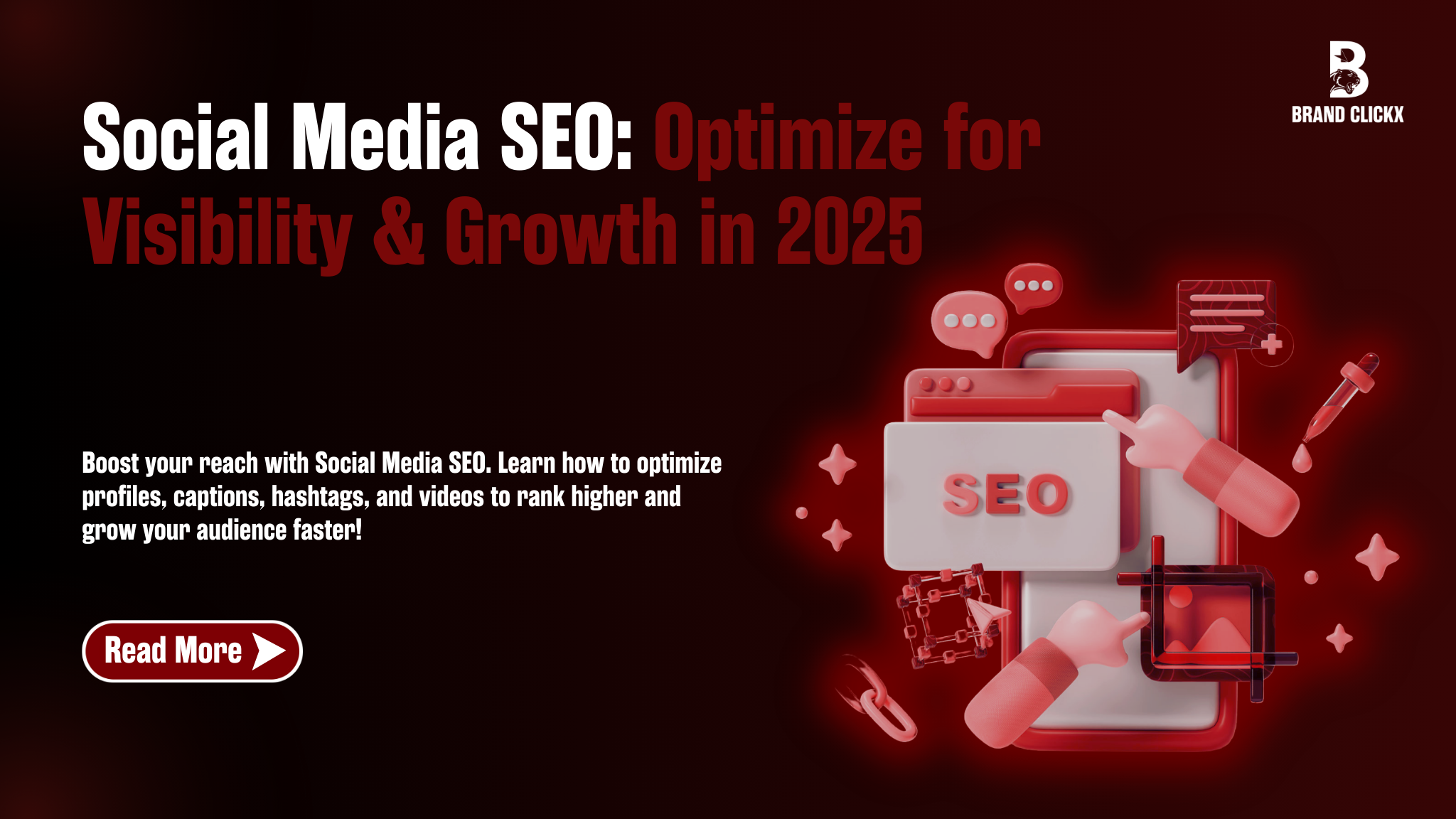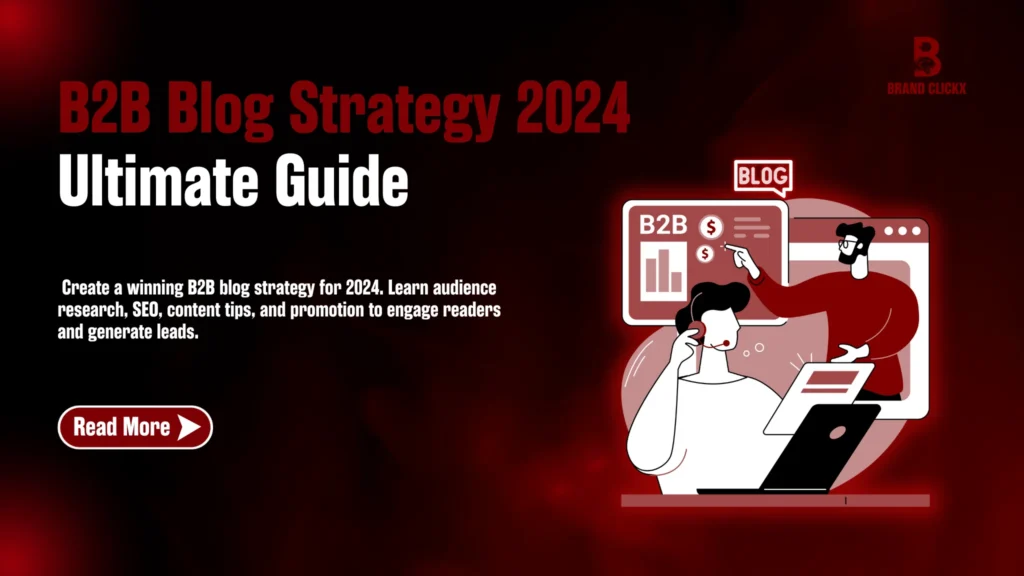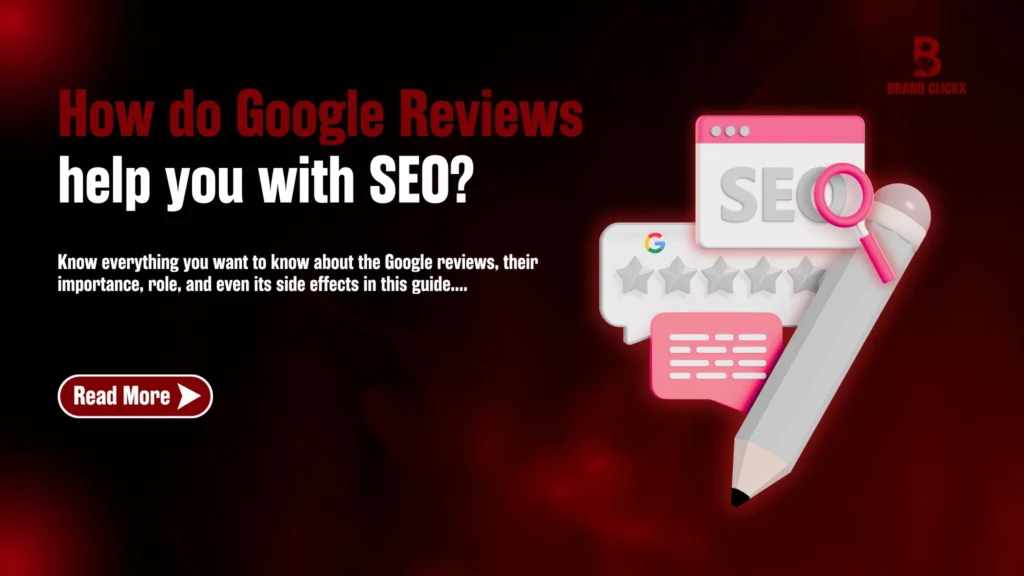Social media isn’t just about posting. It’s about getting noticed. But if your content isn’t optimized, it gets buried.
- No likes
- No shares
- No engagement
Social Media SEO helps you rank higher. It boosts visibility and turns views into engagement.
Every social media platform has its own search algorithms. You have to use the right keywords, hashtags, and strategies. It helps to push your content to the top.
But don’t worry. It’s not complicated at all!
Let’s find out how you can optimize your social media handles with amazing SEO strategies.
Why Social Media SEO Matters
So, where do you go when you need to find a brand, a product or a new place to eat? Instagram, TikTok or Twitter right? Social media is basically a search engine now.
People don’t just scroll for fun—they search. They type in keywords, check hashtags, and look at trending posts.
But social media platforms don’t just throw content out randomly. Their algorithms pick and choose what gets seen.
So if your content isn’t optimized – if you’re not using the right keywords, hashtags and engagement strategies – it’s going to get lost.
And when that happens, your reach drops. Fewer people see your posts. Fewer clicks, fewer interactions, fewer opportunities to grow.
Proven Social Media SEO Strategies to Get Noticed & Grow Fast
1. Optimize Your Social Media Profiles for Search
Your profile is the first thing people see. It should be searchable, clear, and well-branded. A strong profile increases trust and makes it easier for users to find you.
Start with your username. Keep it simple and aligned with your brand name. Avoid unnecessary numbers or special characters. A clean, professional username improves searchability.
Next, focus on your bio. Use keywords related to your industry. Keep it short but informative. Mention what you do and how you help people. Adding a website link is also crucial. It directs traffic to your site or landing page.
Your profile picture and cover photo should be high quality. Use a clear logo or a professional image. Consistency in branding across all platforms improves recognition.
Check out Neil Patel’s LinkedIn account—it fulfils the above criteria perfectly.
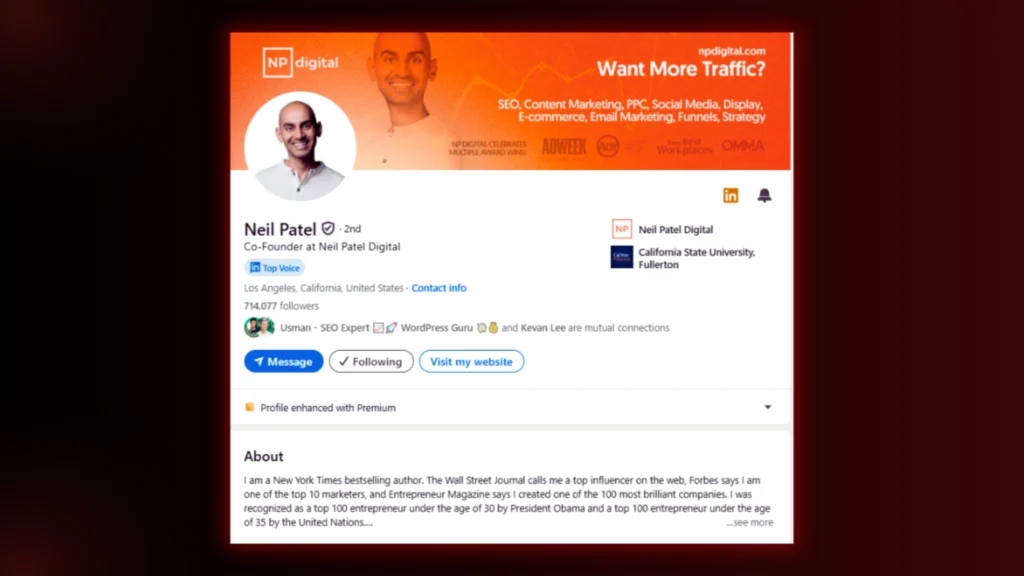
2. Master Keyword Research for Social Media
Keywords are not just for Google. Social media platforms also rely on them to show content in search results.
Using the right keywords helps people discover your posts. As Instagram itself mentions it!
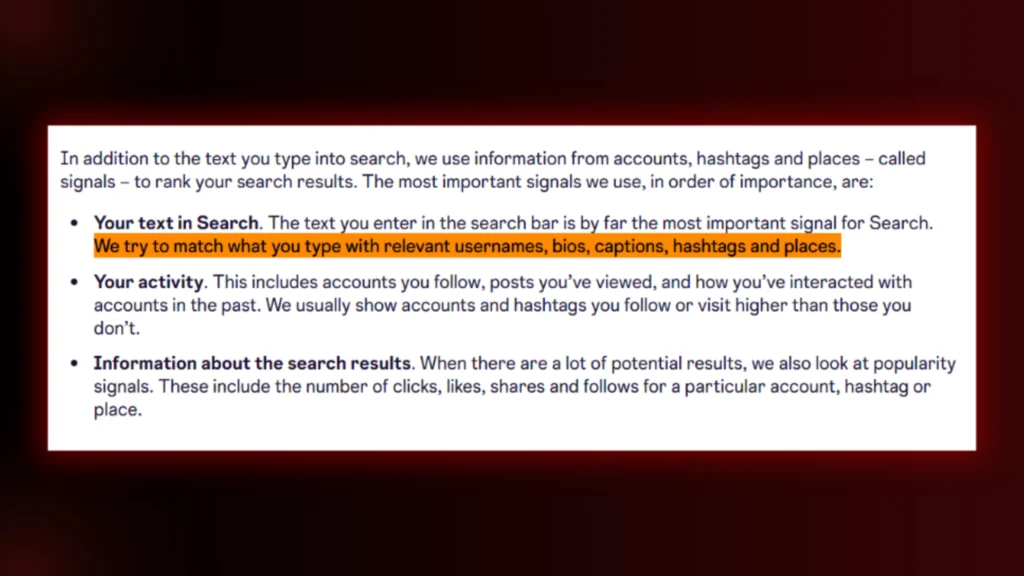
Start by typing a word related to your niche in the search bar of the social media profile. See the suggestions. These are the terms people are searching for.
Look at competitor profiles. See what words they use in their bios, captions, and hashtags. If they rank well, they are using strong keywords.
Use tools like Google Trends, AnswerThePublic, and Ubersuggest to find trending terms. They show what topics people are interested in. This helps in creating relevant content.
For instance, Glossier uses keywords like “beauty,” “skin” and “makeup” in its bio to attract the right audience.
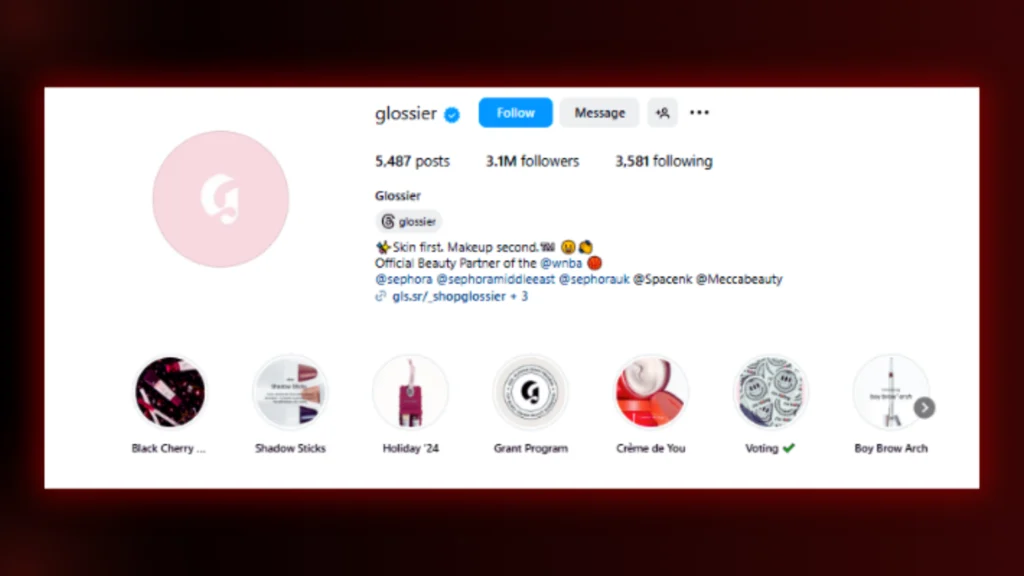
3. Create High-Engagement Content That Ranks
Your content won’t get the reach it deserves if it is not engaging. Social media platforms push content that gets:
- Likes
- Shares
- Comments
- Saves
The more engagement, the better you rank in search and feeds. Let’s look at the types of content across various platforms that get more engagement.
1. Short-Form Videos
Short videos rule social media. Platforms like Instagram Reels, TikTok and YouTube Shorts prioritize engaging, quick-to-watch videos. These videos keep people hooked and encourage interactions.
2. Carousel Posts
Carousel posts let you share multiple images or slides in one post. They work well for guides, tutorials and storytelling. Since users swipe through them, platforms register higher engagement and push the post to more people.
3. Interactive Content
Engage your audience through interactive content. Ask questions, encourage participation or offer quizzes to boost engagement. Instagram Stories polls, Q&As and emoji sliders make interaction easy.
4. User-Generated Content (UGC)
Build Community & Trust UGC is content created by your audience. It can be customer reviews, testimonials or fan-made posts. Brands that encourage UGC build trust and get free, authentic promotions.
4. Hashtag Strategy: The Right Way to Use Them
Hashtags make your content searchable. But randomly adding dozens of hashtags won’t help. You need the right mix of broad, niche, and branded hashtags for the best results.
Broad hashtags have a high search volume but huge competition. Niche hashtags target specific communities, making it easier to get seen. A smart mix gives your content the best chance of ranking.
Example: A fitness coach posting a workout video can use:
Broad: #FitnessMotivation #Workout
Niche: #HomeWorkoutTips #BeginnerStrengthTraining
However, it is also really important to know that each social media platform has its own rules for hashtags. Using too many can look spammy and reduce engagement.
Track Hashtag Performance & Adapt
Not all hashtags perform equally. Track engagement to see which ones bring results.
You can use Instagram Insights, Twitter Analytics, and LinkedIn data to check reach. Experiment with different hashtag sets and see which ones perform best.
Create Branded Hashtags to Build Community
A branded hashtag helps your audience find your specific content. It also encourages followers to create and share content using your hashtag.
- Keep it short, unique, and easy to remember.
- Promote it in your bio, posts, and even offline marketing.
Take the example of Coca-Cola. Its #ShareACoke campaign encouraged users to share their personalized Coke bottles.

5. Optimize Post Captions for SEO
Captions help your post stand out. They provide context, tell a story, and improve searchability.
Social media platforms scan captions for keywords. This means an optimized caption can increase visibility.
A good caption is clear, engaging, and easy to read.
1. Front-load Important Info
The first sentence is crucial. Most platforms show only a few words before the “See More” button. If your opening line isn’t strong, people will scroll past it.
Start with a bold statement, question, or key point. This grabs attention immediately.
Example:
- Instead of “Today, we are discussing social media SEO,” try:
“Your captions might be hurting your reach. Let’s fix that.”
Check out the post caption below. It is short yet enticing:
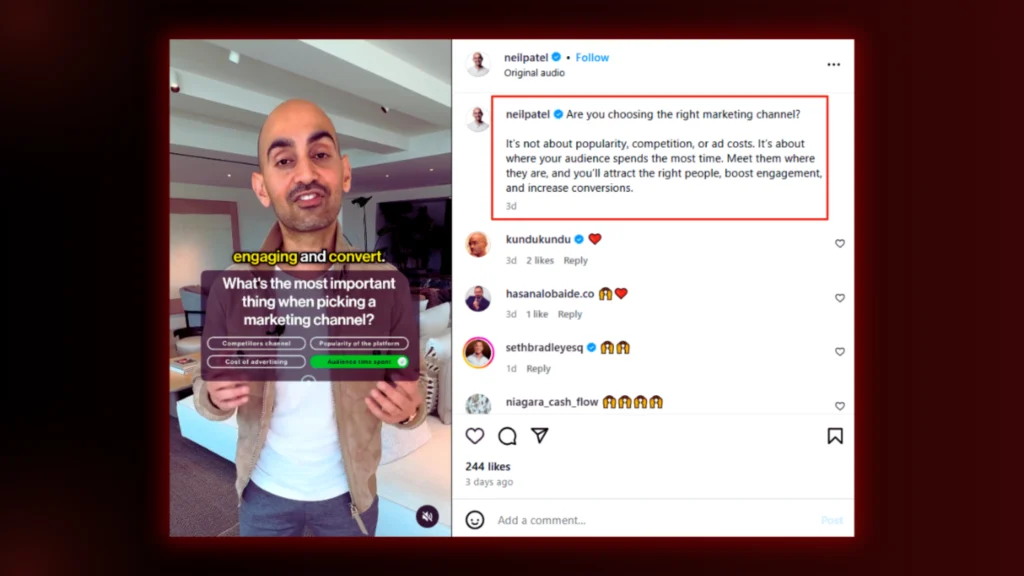
2. Use Natural Language
Write as you talk. Avoid robotic or overly formal language. Don’t stuff keywords unnaturally. Make the caption flow smoothly.
Bad example:
- “Instagram SEO keywords ranking algorithm search visibility engagement boost.”
Better example:
- “Want more reach? The right SEO tricks can help your posts appear in search results.”
3. Add a Strong Call to Action (CTA)
A CTA tells people what to do next. Without one, they may scroll past without engaging.
Common CTAs include:
- “Save this post for later!”
- “Tag a friend who needs this!”
- “Drop your thoughts in the comments.”
6. Use SEO-Optimized Video Titles & Descriptions
Text is just as important as visuals. Platforms like YouTube, Instagram, and TikTok rely on keywords in titles and descriptions to rank content. A well-optimized title and description can make your video easier to find.
Title
Your title should be clear, engaging, and keyword-focused. This helps both search engines and users understand your content.
Instead of a vague title like “SEO Tips,” use something specific like “Social Media SEO Tips for 2024 – Boost Your Visibility!” A clear title increases click-through rates and tells users exactly what to expect.
Description
The description gives more context to your video. Use relevant keywords naturally. Don’t just stuff them in.
A good description should include a brief introduction, main topics, timestamps (for longer videos), and a strong CTA.
Subtitles
Many users watch videos without sound. Subtitles improve accessibility and help search engines understand your content.
YouTube and Facebook use captions for indexing, which boosts SEO. Using auto-generated captions as a base and editing them for accuracy ensures better results.
Also Read:
- SEO Friendly Website Architecture Guide for Better Ranking
- How To Create Viral Content on Social Media
FAQs
1. How do social media and SEO work together to boost your visibility?
Social media and SEO support each other. SEO helps your content rank in search engines. Social media spreads your content to a wider audience.
When people engage with your posts, it signals to search engines that your content is valuable. More shares, clicks, and interactions mean better visibility.
2. How does SEO increase visibility?
SEO makes your content easier to find. It helps your website or posts appear in search results. Using the right keywords, optimizing images, and improving website speed all help. The better your SEO, the more people can discover you.
3. How to increase visibility in social media?
Post high-quality content regularly. Use relevant keywords and hashtags. Write engaging captions and strong CTAs.
Interact with your audience through comments and shares. Collaborate with influencers and brands to reach more people.
4. What is SEO social media optimization (SMO)?
SMO means optimizing your social media profiles and content for better reach. It includes using keywords, hashtags, and linking back to your website.
A well-optimized profile gets more engagement and helps with search rankings.
Get Expert Help
Need help with social media SEO? Let our experts at Brand ClickX handle it for you! Contact us now and take your social media to the next level!

